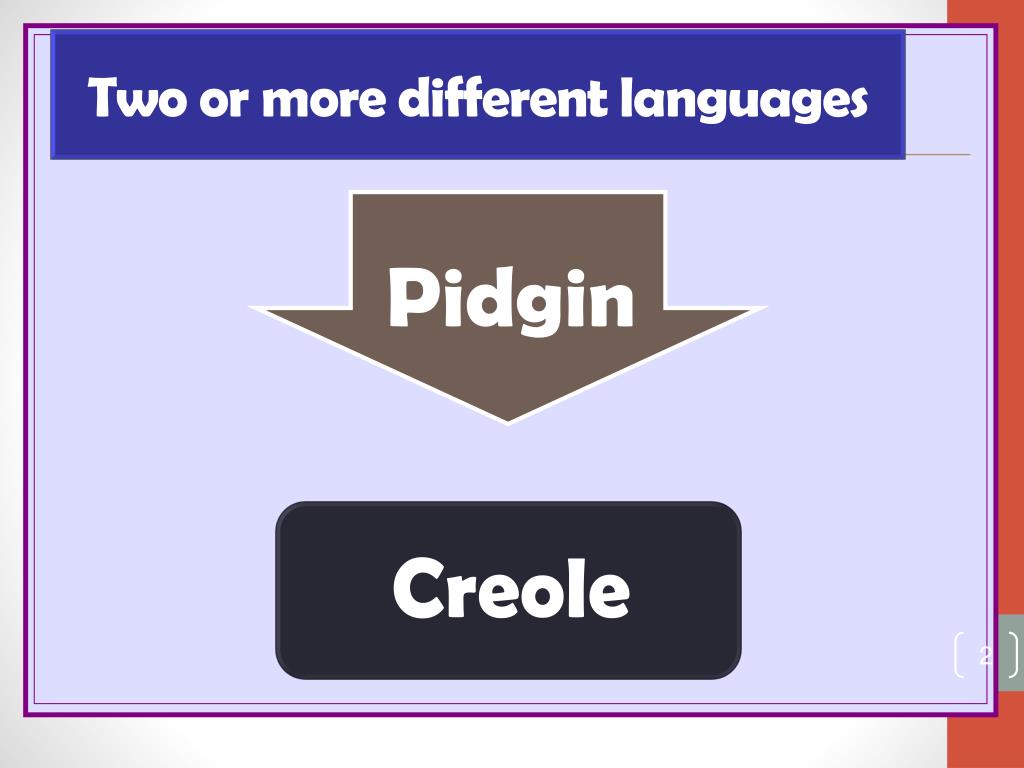



Hence, the nomenclature of this language is closely associated with the representation of non-European society and language in eighteenth- and nineteenth-century European travel accounts. The term is believed to stem from how Cantonese speakers mispronounced the word business ( Baker and Mühlhäusler 1990) in their early contacts with Europeans, and it has since then been taken to refer not only to the trade jargon spoken in Canton but more broadly to all "broken" languages "that emerged out of sporadic interactions between speakers of European languages and those of non-European languages, in European trade and settlement colonies" ( Mufwene 2020). The "unusual" sound and linguistic features of pidgin never failed to surprise early European traders who traveled to the southern coast of China, and the term pidgin itself embodies their uncanny auditory experience. Chinese Pidgin English (CPE) emerged and developed around the Canton area as a lingua franca between Chinese and Euro-American traders during their early contacts in the eighteenth century.


 0 kommentar(er)
0 kommentar(er)
